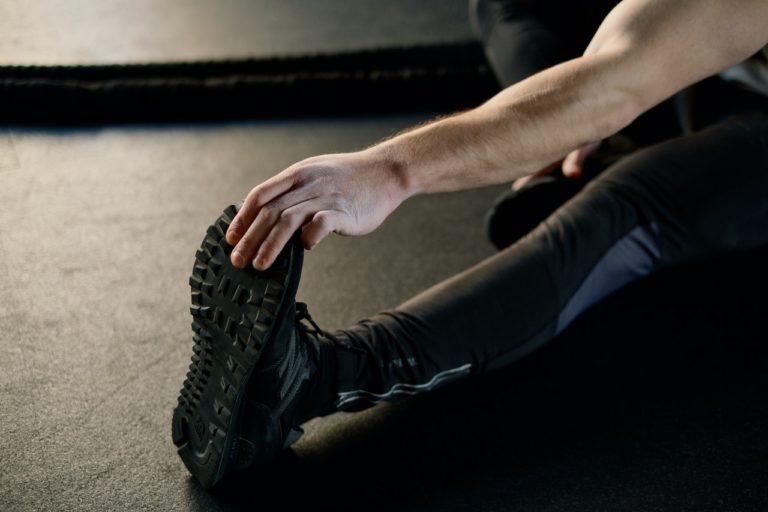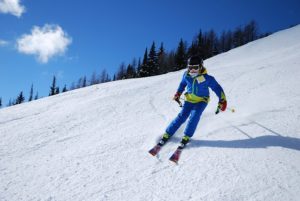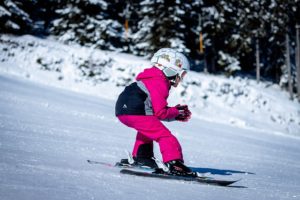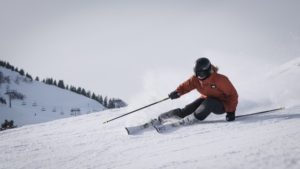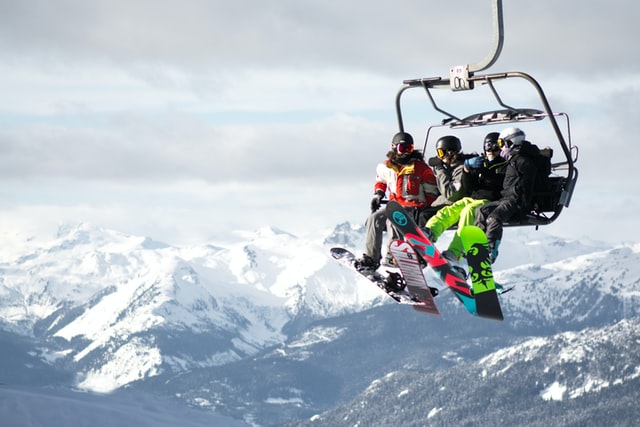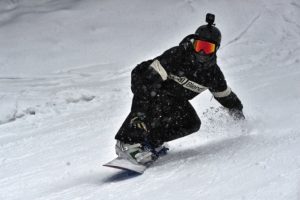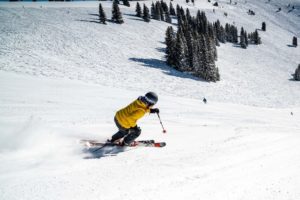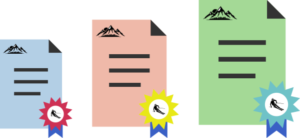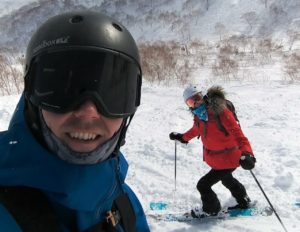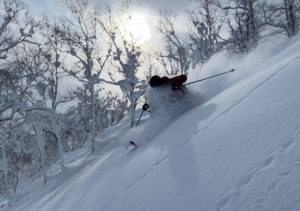After a great day of skiing, it can be hard to motivate yourself to stretch. But, if you want to feel fresh and ski pain-free the next day, stretching is crucial. Sure, you might want to head straight to the bar, hot tub or couch, but even a small amount of stretching after skiing can make a huge difference to how much you enjoy your time this winter. See our top five reasons to add stretching to your after skiing routine below.
1. Stretching Improves your Skiing
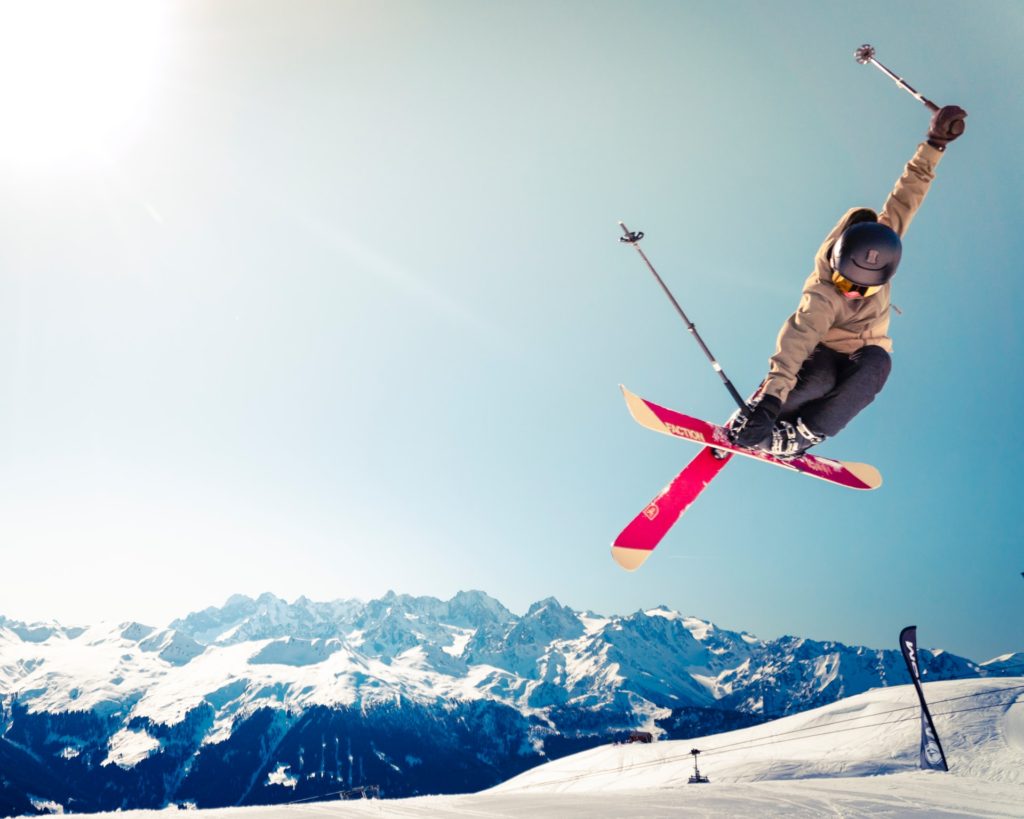
Stretching is one of the key elements to getting better at skiing. It’s often ignored or overlooked and it makes sense as to why. If you want to ski something more challenging with better technique, you’re going to need to learn new or at least better movements to make your skis turn the way you want. The bigger focus is on the actual skiing and not other elements such as stretching and flexibility.
You could be a great skier, but your flexibility and condition of your body will always limit you. Skiing involves rotational and hinge movements in your joints. Tight muscles limit how much you can use these joints effectively, resulting in limited ranges of movement.
If, for example, one of your goals is to get better at quick, small turns down a steep slope, you’ll need a big range of movement in your hips to turn your legs enough. Stretching after skiing helps you unlock more range and turn your legs much better.
2. Less Chance of Injuries
Skiing always comes with some degree of risk. Being injured is one of the quickest ways to lose time in the mountains. Maybe this is your only ski trip this year, or you’re training to be a ski instructor. Getting injured while skiing should be avoided as much as possible. Yet, we often take one of the best ways to protect yourself, stretching, for granted.
Many intermediate skiers easily reach speeds above 50km/h. Having a crash or sudden movement at any speed is going to put strain on your muscles and push them past the limits they were already at. Do your muscles have the capacity to deal with the force, or is something going to give?
You’ll greatly reduce your change of injury while skiing if you stretch and stay flexible. Helmets can help keep your brain safe when skiing, while stretching can help keep your muscles safe.
3. Stretching after Skiing Doesn’t Have to Be a Chore
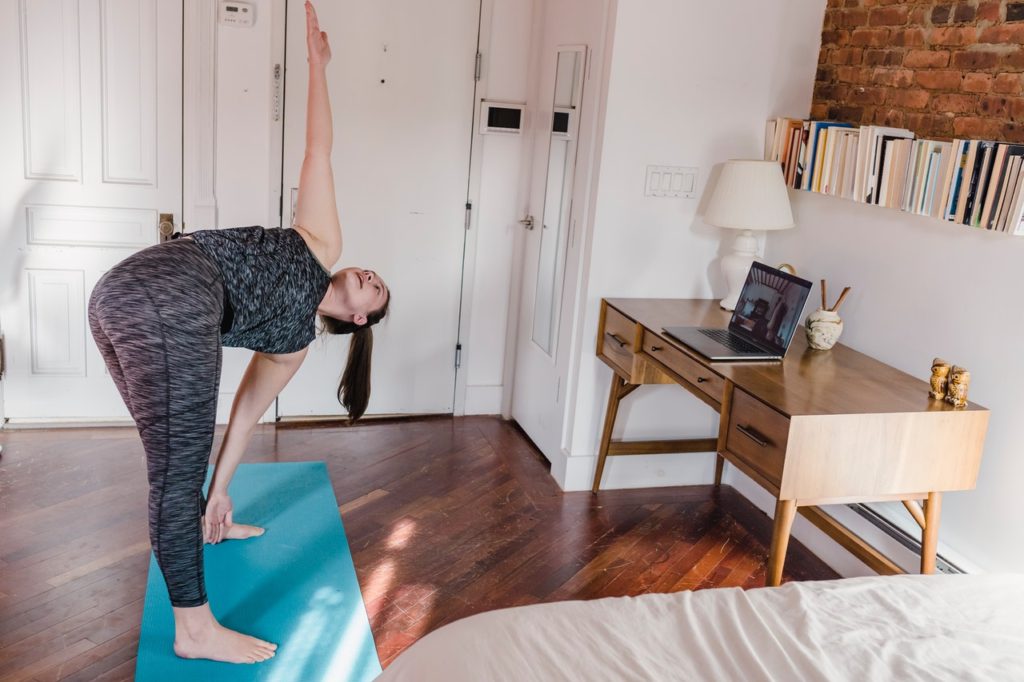
Gone are the days of standing still, pulling a limb in one direction, counting to a certain number and getting bored. All the while wondering where you should be feeling it, or worse, wondering why it hurts or if you’re even doing it right. There’s so much free information available now that you can quickly find stretches that work best for you.
Follow along stretching videos are extremely popular on YouTube. You’ll find everything from quick 5 minute routines to full yoga sessions. It can be much more enjoyable to take out your phone after a day of skiing, put on a stretching follow along video and spend some time being guided into different stretches.
For an easy 15 minute full body stretch, try this follow along from Tom Merrick.
4. You’ll Feel So Much Better After Stretching
Did you know that stretching causes your body to release endorphins, similar to skiing itself? Endorphins relieve pain and make you feel better overall. Stretching after skiing is great for your muscles and your mental health. So you’re not only looking after your muscles and helping with any after skiing pain, you’re releasing the brains natural painkiller and mood booster.
It can be normal to have some aches and pains from your day skiing. Stretching not only temporarily reduces this, it will also reduce further pain in the long run. Even if you’re young and healthy, creating a good habit of stretching will help you ski well for as long as you want to keep skiing.
5. Better for Your Back
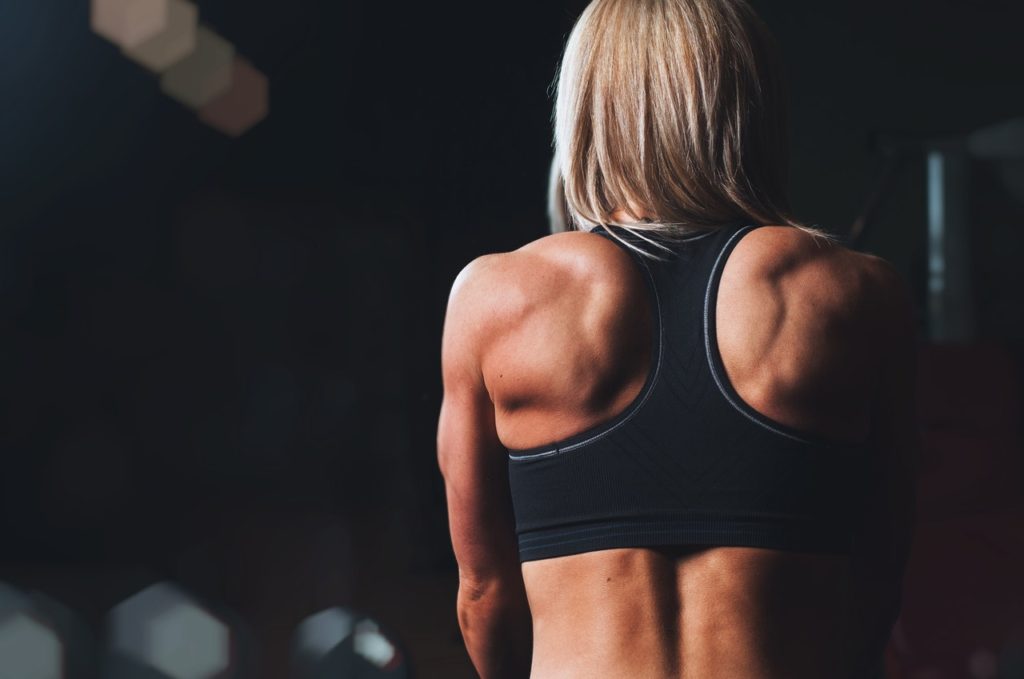
It doesn’t matter if you’re 19 of 99 years old, skiing can give you back pain. But it really doesn’t have to. Our bodies are amazing at being adaptable. If you lack the strength or flexibility in one muscle group, another will take over. This is great for allowing us to still function as best as possible through injury, disease or disability, but benefits often come with drawbacks.
Most of us have tight hips now thanks to desks, laptops and comfy couches. If you do have tight hips, your lower back will take over when your hips reach their limits. Think of flexing at the waist when skiing, a common position to create a lower centre of balance. When your hips reach their limit while skiing, your lower back will naturally start to curve. You’ll get to that lower position but you’re putting it in a very weak position. Now the lower back has to support your whole upper body while skiing. It’s also getting very little support from your core muscles.
Stretching your hips and the muscles around them after skiing helps keep your back protected. Loose hips give you the best range of motion while skiing and means your less likely to overcompensate with your lower back.

